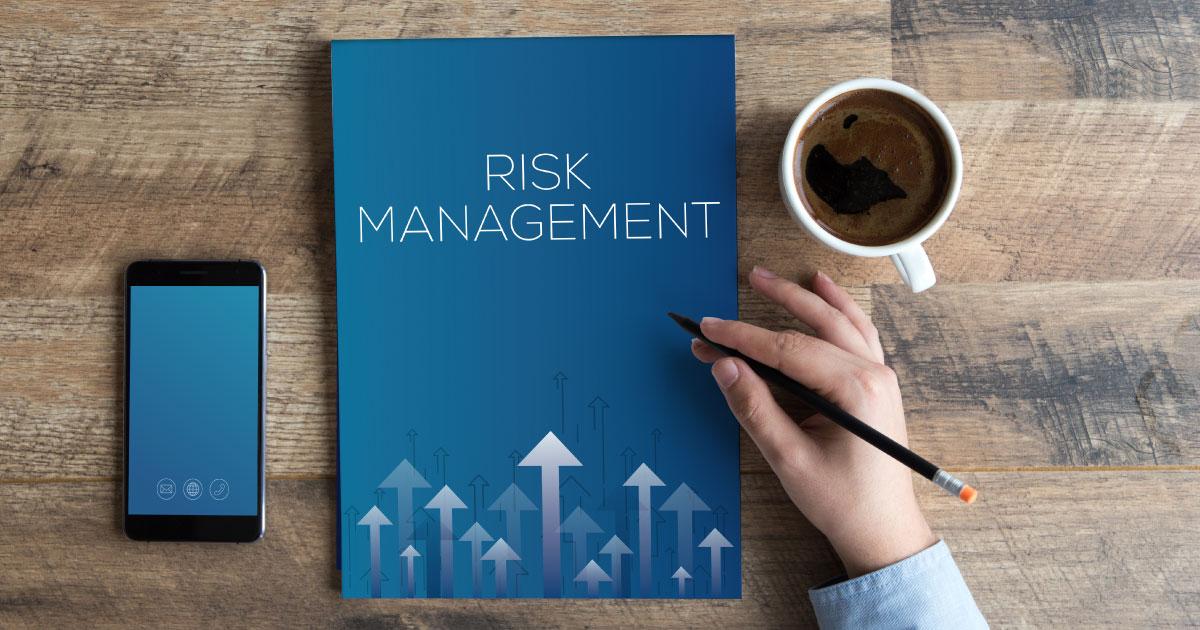An RTV (risk/threat/vulnerability) assessment is one of the most important elements of a comprehensive safety and security plan/program for your meeting or event. Taking an all-hazards approach is the best way for you to identify vulnerabilities, adjust strategies and develop the contingency plans you need to address risks and vulnerabilities. Your risk assessment helps you to identify any potential threats surrounding your event’s activities, the locations of those activities and the actual performance therein.
A risk assessment should be priority regardless of the size of your venue or the type of event. Scalability is not necessarily a function of size or attendance. The same elements are often present for both small and large events/facilities.<
Here are three things to consider when conducting a risk assessment for your event.
Conduct a Risk Assessment for Vulnerabilities
This may include a detailed criminal, terrorism, fire, structural, environmental, safety and medical assessment. Consider the following areas.
-
Site(s) assessment and environment
-
Demographics of attendees
-
Number of attendees
-
Resources
-
Environment/weather
-
Historic
-
Equipment
-
Lodging assessment
-
Travel/transportation
Related Articles:
A High-Level Look at Event Safety Planning
Who's Your Risk Management Team
Three-component Assessment: Static, Joint and Dynamic
Break down your assessments into these components.
-
STATIC (fixed with small variations)
-
JOINT (includes other stakeholders)
-
DYNAMIC (change quickly, such as adverse weather).
Follow This Risk Management Cycle
-
Identify your event’s threats/vulnerabilities
-
Establish what are the vulnerabilities to address
-
Identify measures to mitigate, reduce or accept the risk/vulnerabilities
-
Develop response plans to address risks/threats not mitigated or accepted
-
Evaluate security/safety measures and exercise mitigation plans
In Conclusion
Conduct event management meetings prior to each event with sufficient lead time to address risk management issues and mitigation, where required. Planning and preparation is a year-round function. The depth and frequency of your planning and practice meetings will be based on the size and complexity of your event, the attendees and your risk assessment.



